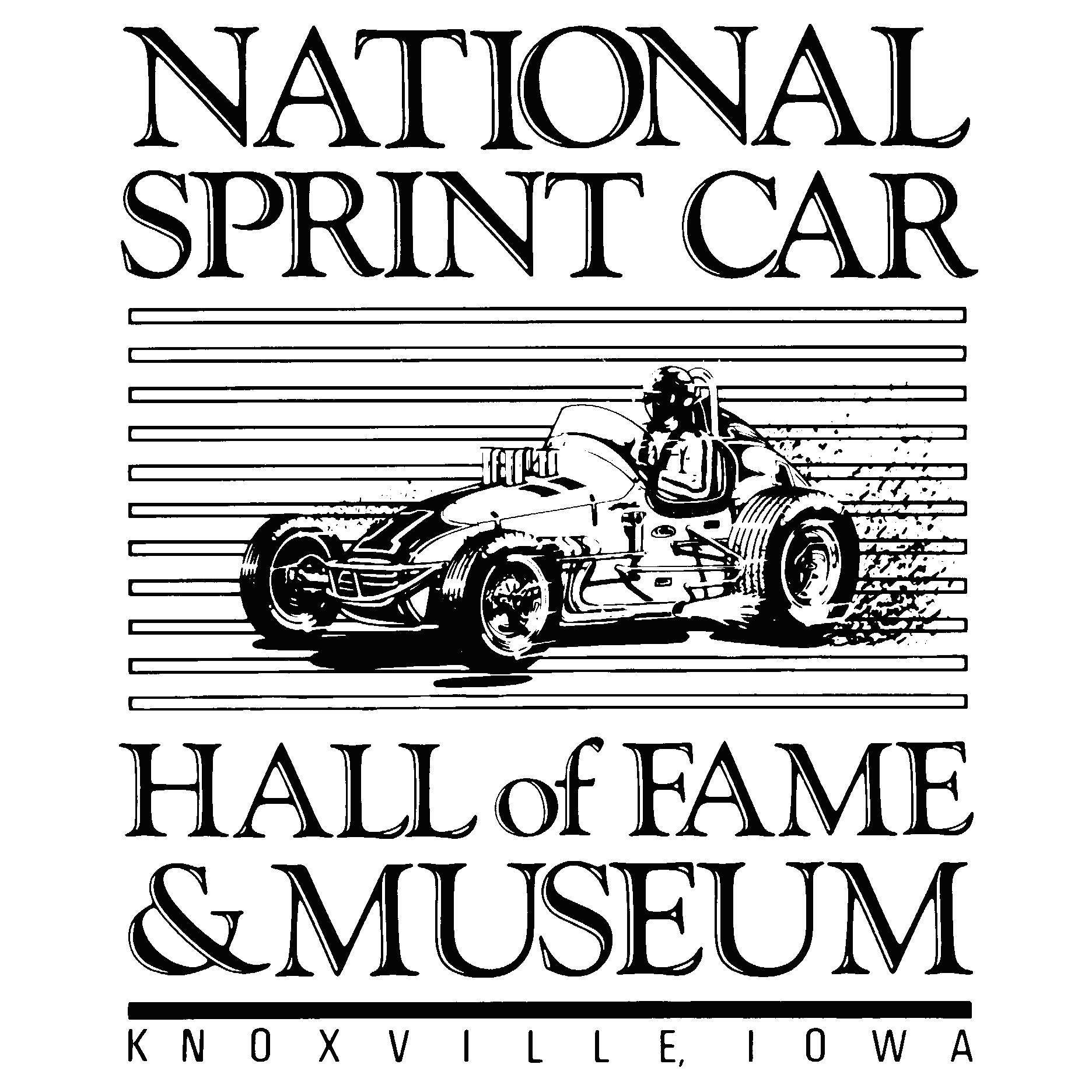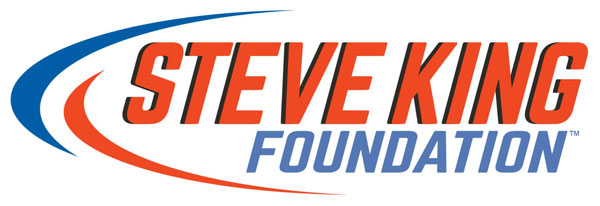NASCAR needs a better recipe for racing in the rain
Photo by Toyota Racing
Kyle Busch had had enough.
The two-time Cup champion supported NASCAR’s decision to throw a mercy caution with 14 circuits remaining in Sunday’s wet and wild Echo Park Automotive Texas Grand Prix at Circuit of the Americas.
After driving blind through standing water at a high rate of speed for most of the afternoon, Busch was ready to surrender.
“It’s been four hours, enough is enough,” Busch said. “White flag, wave it.”
Busch won the second stage. He led 12 of the final 25 circuits before he pitted on Lap 41 for tires. Busch recovered to 10th when the race was called for rain 13 laps later. The loss of a potentially better finish didn’t matter to the driver of the No. 18 Joe Gibbs Racing Toyota. Busch had seen enough.
“It was fun for a while there earlier when it was just sprinkling, but once it got too heavy, it was dangerous. It was treacherous.”
Busch was fortunate, compared with some of the veterans. His brother and fellow champion Kurt Busch, flew off into a gravel pit on Lap 53—one lap before NASCAR finally called the competitors to pit road and ended the race. The elder Busch dropped to 27th after finishing third in the first stage and maintaining a top-10 position throughout most of the event.
Denny Hamlin went off course, as did Brad Keselowski. Kevin Harvick and Martin Truex Jr., both ended the day on the hook. Cole Custer considered himself lucky to be able to climb from what remained of his burning vehicle—and was probably more fortunate that no other driver ran into his car upon exit.
“It’s all discretion, it’s all a discretion call on how much rain is too much rain,” Kyle Busch said. “We certainly found today that there were definitely times with too much rain and too much puddling. They would clean it off and it was just sprinkling, it was fine after that, no issues after that.
“Single-file restarts was a smart idea,” Busch said. “We’re doing all we can and we’re trying to put on a show for the fans.”
NASCAR wanted to make a great impression for its debut at COTA. The sanctioning body was also attempting to appease what was one of the largest crowds at any race this season.
But even NASCAR senior vice president of competition Scott Miller believed the race continued a bit longer than was prudent.
“Obviously, as the race continued there in the final stage, it kept raining harder and harder,” Miller said. “We were monitoring the visibility for the drivers on the back straightaway and it was getting really, really tough to see again over there. There was lots of spray. So we were going to make one attempt at running the air titans back there—like we had before—to see if we could get back going again and it just didn’t look like it was going to happen at all with the volume of water that was coming down. So it was time to call it.
“We always try to learn from what we do. This was kind of a new thing at a big, natural-terrain road course, and we will certainly learn from that…I would kind of own the fact that we maybe did let it go a little bit too long before we did something. But it’s a learning experience for all of us. We’ll be better next time. Would we pull the plug earlier? Probably so.”
NASCAR is already discussing ways to dissipate the amount of spray coming off of the cars and onto pursuing drivers. Miller mentioned that one challenge with stock cars is the close proximity of the competition.
Joey Logano, who won the first stage and finished third on Sunday, would not have minded going the distance with the cars spread out on the track. However, after cautions, even with single-file restarts, the complexion of the race was “sketchy.”
“If we kept clicking laps off, probably everything would have been fine,” Logano said. “Yeah, we were hydroplaning a lot down the straightaway. Yes, there was standing water. What’s the line? I don’t know. I think we’re all trying to figure it out together, but once they put the yellow out, then you can’t restart the race because you pack everybody up and they’re hydroplaning and you can’t see.
“It was a recipe for disaster, so you can’t restart the race, but everyone was spread out at that moment, so you were probably OK, but maybe safe than sorry after looking at that crash with Cole and the 19 (Truex). I didn’t see that coming. I didn’t see the race, but I just saw a replay a minute ago when I got out. When that’s kind of a situation, you need to really be aware of the situation.”
Logano agrees with Miller that “understanding” the spray will be the key to racing under wet conditions successfully in the future.
“That’s what we’ve got to fix,” Logano said of the spray. “I don’t know, maybe they’ll bring some mud flaps or something to put the spray down. Honestly, I think you’ve got to do something like that. I know that sounds goofy and it sounds like a joke, but I honestly think you’ve got to do something to get the spray down to where we can see where we’re going.
“Once you do that, we’re good to go. We actually raced fine. It was actually a lot of fun. The racing was good, so it was a crazy day.”
On Monday, Logano is scheduled to participate in a rain test at Richmond Raceway to address the dilemma. Hopefully, he dries out before then.

.png)





